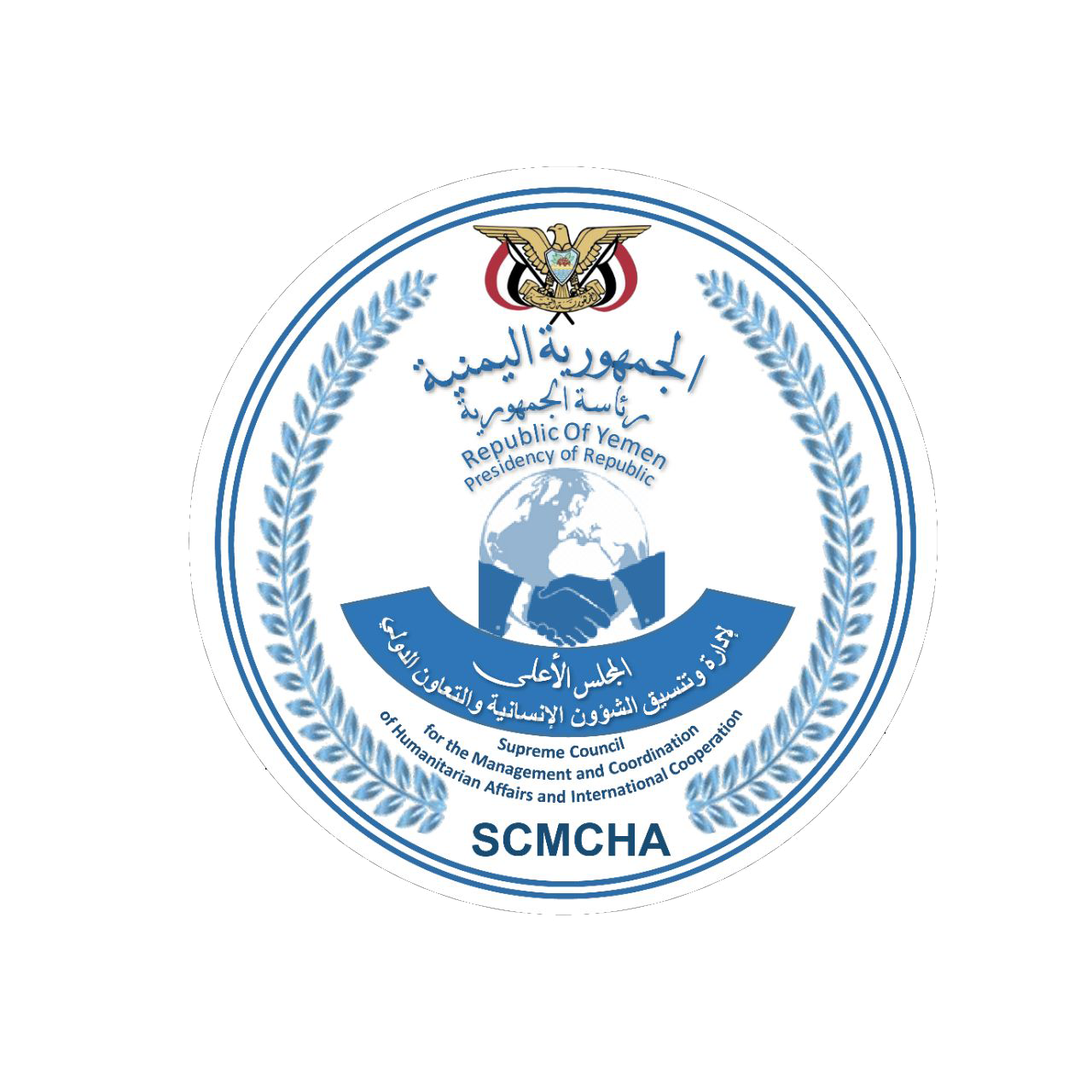Discuss UNESCO’s interventions in the rehabilitation of the Old City of Sana’a.
A meeting hold today in Sana’a by the Secretary-General of the Supreme Council for the Management and Coordination of Humanitarian Affairs and International Cooperation, Ibrahim Al-Hamli, in the presence of the Mayor of the capital, Hammoud Abbad, and the UNESCO Regional Director for Yemen and the Gulf, Anna Paolini, discussed the interventions required to rehabilitate the infrastructure of the Old City of Sana’a.
The meeting, which was attended by the Director of the UNESCO Project in Yemen, Boyana Zivukovic, touched on the emergency plan to save the old city of Sana’a from targeting by the coalition of aggression and the effects of the torrential rains that were exposed to it, as well as completing the work of the wall and the entrance to the National Science Museum.
Al-Hamli confirmed the importance of resuming the work of the UNESCO office in Sana’a to implement urgent and necessary interventions to save the historic city of Sana’a from the effects of the aggression and the damages of the torrential rains.
He pointed to the importance of coordinating with SCMCHA in implementing UNESCO projects through local and international partners, and providing the SCMCHA with memoranda of understanding with beneficiary government agencies, which contributes to facilitating project implementation procedures.
Al-Hamli denounced the aggression countries’ targeting of heritage areas and sites as well as tampering, looting and theft of Yemeni antiquities and smuggling them abroad, in light of the silence of UNESCO, calling for condemnation of these actions because these areas are among the world heritage areas and are protected under international law.
He called on UNESCO to rebuild the houses of the old City of Sanaa, which have fallen into disrepair as a result of the raids of the aggression, to preserve the human heritage, as it is concerned with preserving the world heritage.
Al-Hamli affirmed SCMCHA readiness to provide all necessary facilities to resume the work of international organizations in Sana’a that adhere to the values, principles and procedures related to the Yemeni issue.
He appreciated all efforts made by UNESCO in order to preserve historical cities.
For his part, the mayor of the capital briefed the UNESCO delegation on the conditions of the Old City of Sanaa, which is on the list of world human heritage, and is threatened with collapse due to its direct and indirect exposure to systematic destruction by the coalition of aggression.
He stressed that the historic Sana’a, which caught the world’s attention during the year 2008 at the UNESCO Conference in Cambodia, needs urgent intervention today to preserve the world’s human heritage.
He pointed to the dangers threatening historic Sana’a due to the end of the life span of the sewage network.
The mayor of the capital reviewed the role of SCMCHA in coordination with the General Authority for the Preservation of Historic Cities and local partners, in restoring the historic Sana’a Gate and rebuilding Bab Shu’ub according to technical specifications and studies, taking into account the preservation of the historical character and architectural style that characterizes Old City of Sana’a.
He touched on the situation of the Yemeni Manuscripts House, which represents the essence and memory of Yemenis, and what it collects of unique and rare manuscripts in the Islamic world and Quranic flakes dating back to the first era of Islam as well as the need to support and provide some modern requirements and mechanisms for manuscript restoration work.
In turn, the Director of UNESCO stressed that preserving historic Sana’a is an essential and important part of the organization’s priorities to preserve the world’s human heritage in accordance with the agreements concluded with government agencies in this field.
She pointed out that the UNESCO project puts the Old City of Sanaa on its map, and calls on everyone to join efforts to preserve and protect it from falling and reduce irregular construction violations that threaten its presence in the list of World Heritage cities.
She touched on the achievements made by the organization through local partners: the Social Fund for Development and the Works Fund, the level of executive work and urgent interventions to preserve historical cities through stone paving projects and the restoration of more than 180 houses in Sana’a, Zabid, Aden, Shibam Hadramout and future projects to revive historical cities.
The meeting was attended by the head of the planning department of SCMCHA , Faisal Modhish, and the of international cooperation department Ali Al-Kahlani, and the UNESCO consultant, Eng. Nabil Munser.


